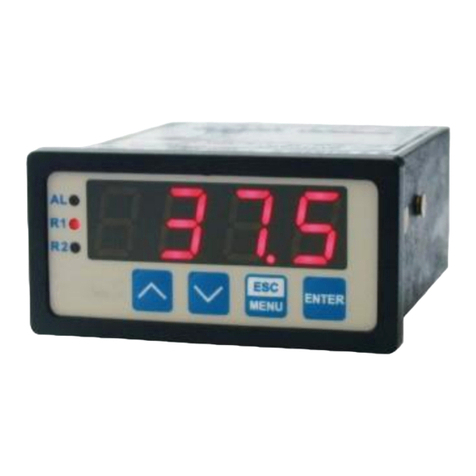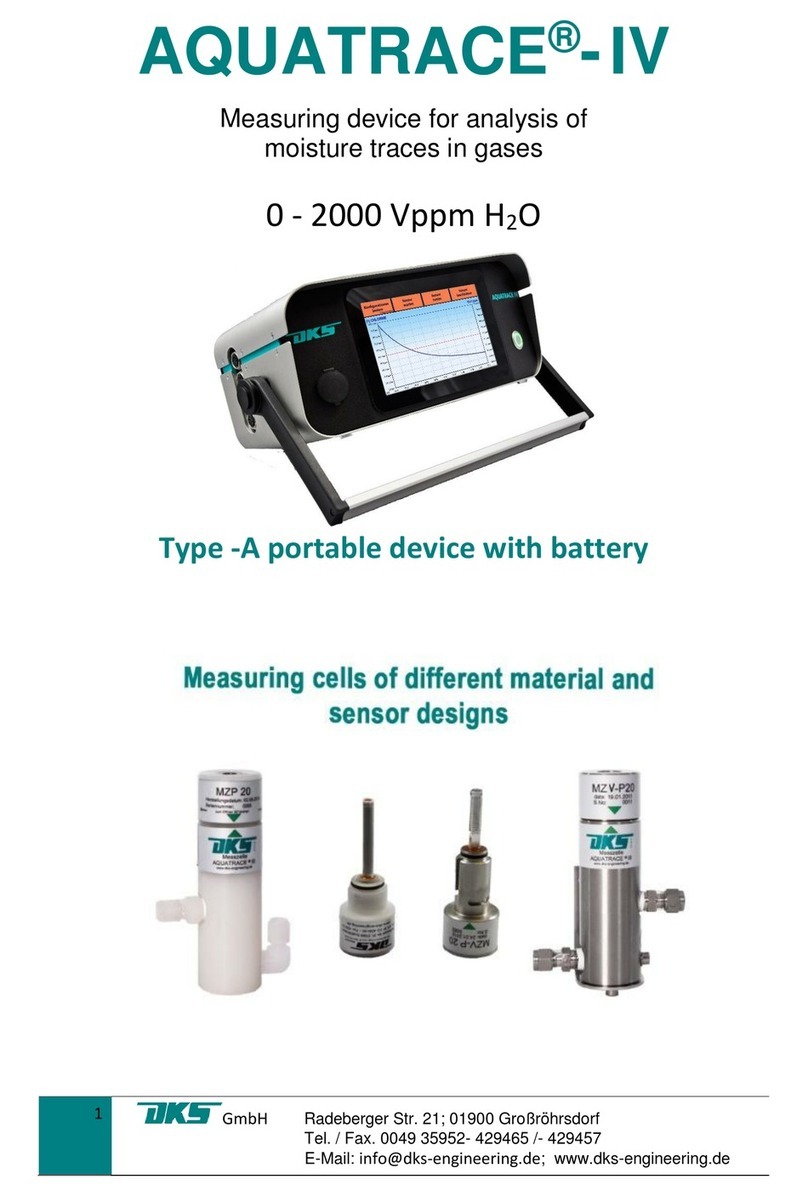4.3. Connection method
Caution
-
Installation should be conducted by qualified personnel . During
installation all available safety requirements should be considered. The fitter
is responsible for executing the installation according to this manual, local
safety and EMC regulations.
-
The unit is not equipped with an internal fuse or power supply circuit
breaker. Because of this an external time-delay cut-out fuse with minimal
possible nominal current value must be used (recommended bipolar, max.
2A) and a power supply circuit-breaker located near the unit. In the case
of using a monopolar fuse it must be mounted on the phase cable (L).
-
The power supply network cable diameter must be selected in such a way
that in the case of a short circuit of the cable from the side of the unit the
cable shall be protected against destruction with an electrical installation
fuse.
-
Wiring must meet appropriate standards and local regulations and laws.
-
In order to secure against accidental short circuit the connection cables
must be terminated with appropriate insulated cable tips.
-
Tighten the clamping screws. The recommended tightening torque is 0.5
Nm. Loose screws can cause fire or defective operation. Over tightening
can lead to damaging the connections inside the units and breaking the
thread.
-
In the case of the unit being fitted with separable clamps they should be
inserted into appropriate connectors in the unit, even if they are not used
for any connections.
- Unused clamps (marked as n.c.) must not be used for connectingany
connecting cables (e.g. as bridges), because this can cause damage
to the equipment or electric shock.
-
If the unit is equipped with housing, covers and sealing packing, protecting
against water intrusion, pay special attention to their correct tightening or
clamping. In the case of any doubt consider using additional preventive
measures (covers, roofing, seals, etc.). Carelessly executed assembly can
increase the risk of electric shock.
-
After the installation is completed do not touch the unit’s connections when
it is switched on, because it carries the risk of electrical shock.






























